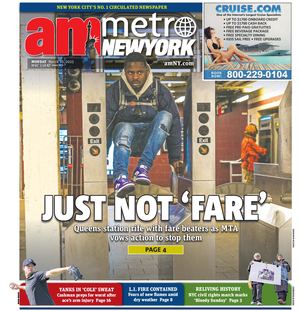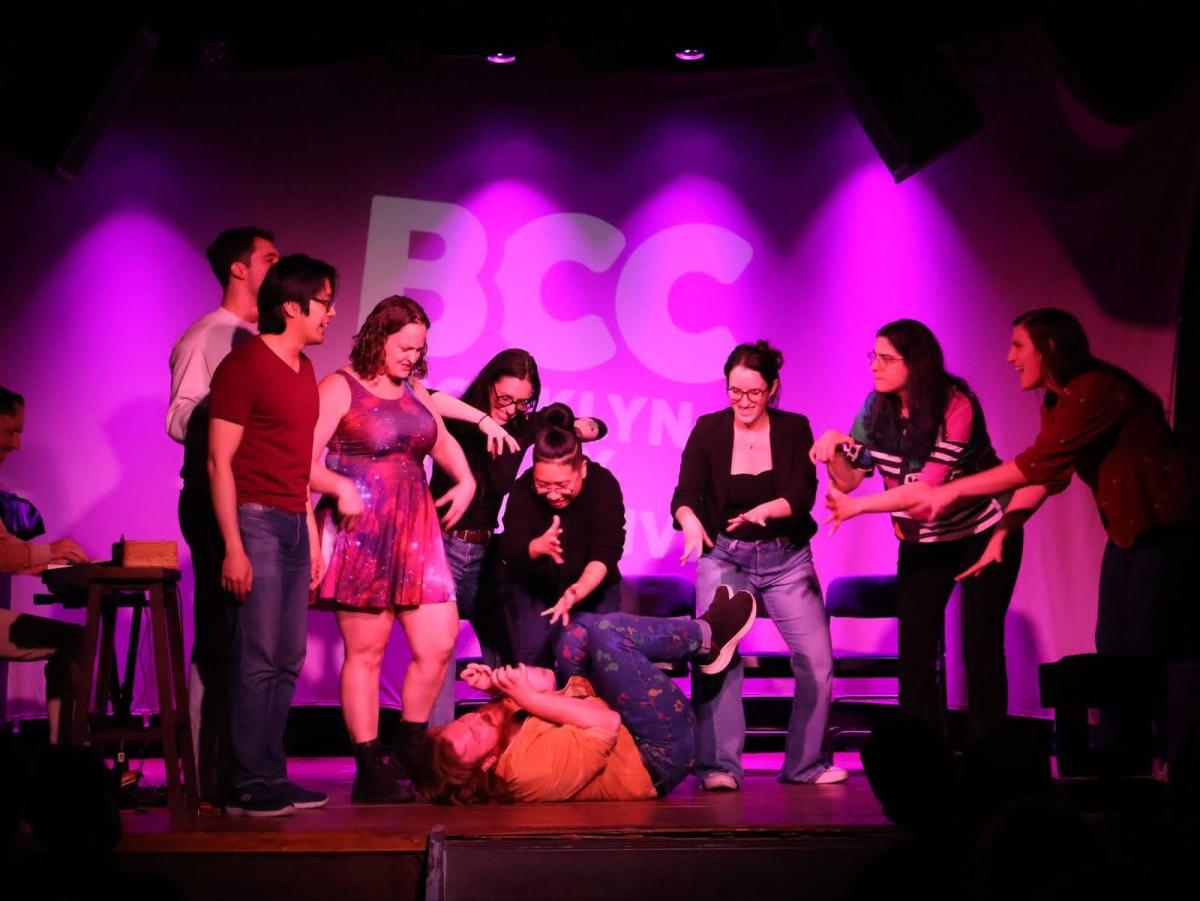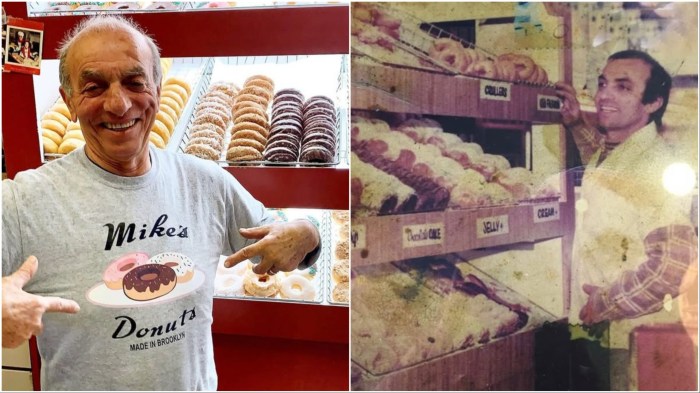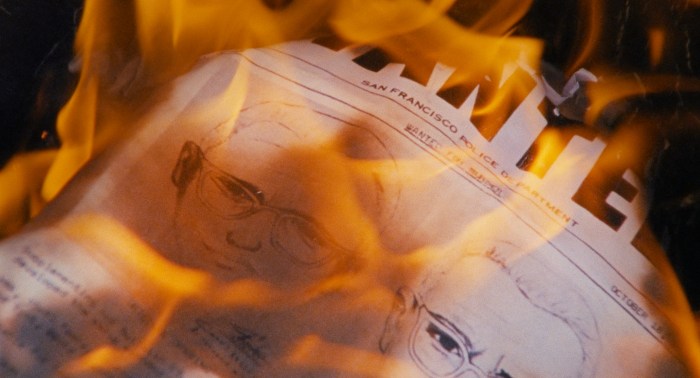
Perhaps you’re riding the subway to work right now, or just got off a packed train.
Either way, you’re most likely fed up.
Subway trains are often delayed, and when they finally arrive at your stop, they’re stuffed. The Straphangers Campaign, a NYC transit riders’ advocacy group, found that over the course of 2016, a variety of problems worsened: train cars broke down more and service became more irregular. Most riders would agree that this year, things seem even worse.
If you’re late to work for the fourth time this month, or struggling to keep your balance while trying to grab the ceiling because the subway car is so crowded you can’t reach a pole, you might not realize that you’re teetering aboard the best public transit system in the United States.
But that’s exactly what Arcadis, an urban design consultancy, found in its recent Sustainable Cities Mobility Index 2017, which studied how people get around cities across the globe.
While many cities in Asia and Europe did better, NYC scored higher than any other U.S. city because its public transit system is extensive, runs around the clock and is heavily used by its residents.
Arcadis also praised NYC’s newly added ferry service, as well as recent investments in transit between New York and New Jersey, noting that overall 400,000 New Jerseyans commute to and from Manhattan daily.
Still, our public transit feels terrible. How can it be the best, yet still be so bad?
One reason is that the rest of the country’s public transit is nearly abysmal. NYC is winning a tournament against people who aren’t even playing.
But the answer also lies in the Arcadis report itself, which warns that NYC’s great transit infrastructure is aging, much of it falling apart. That’s why cars break down and tracks need upgrades. So does the signal system, which accounts for many delays; if modernized, it will allow better communication and more efficient movement of trains.
NYC transit riders need to celebrate what we have and advocate for the system’s repair.
Arcadis is right: If we put off fixing our infrastructure, New York is “a city with a lot to lose.”
Liza Featherstone lives and writes in Clinton Hill.

































